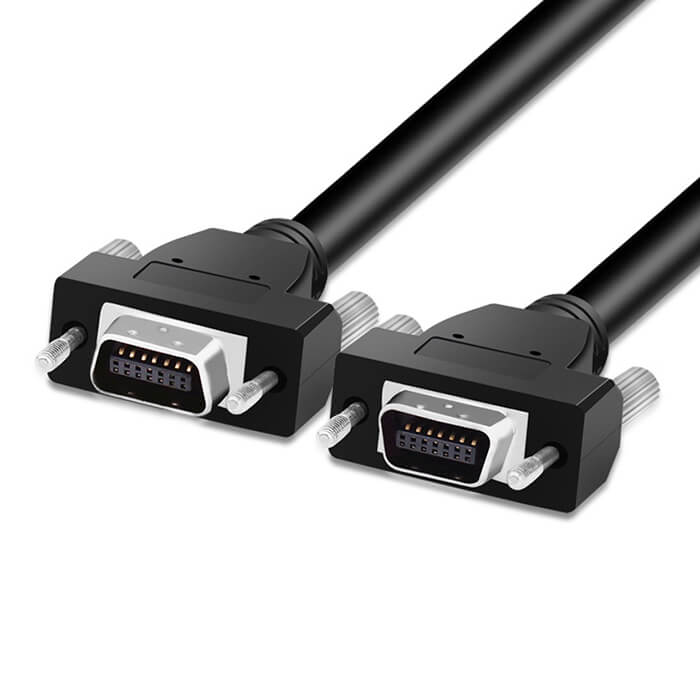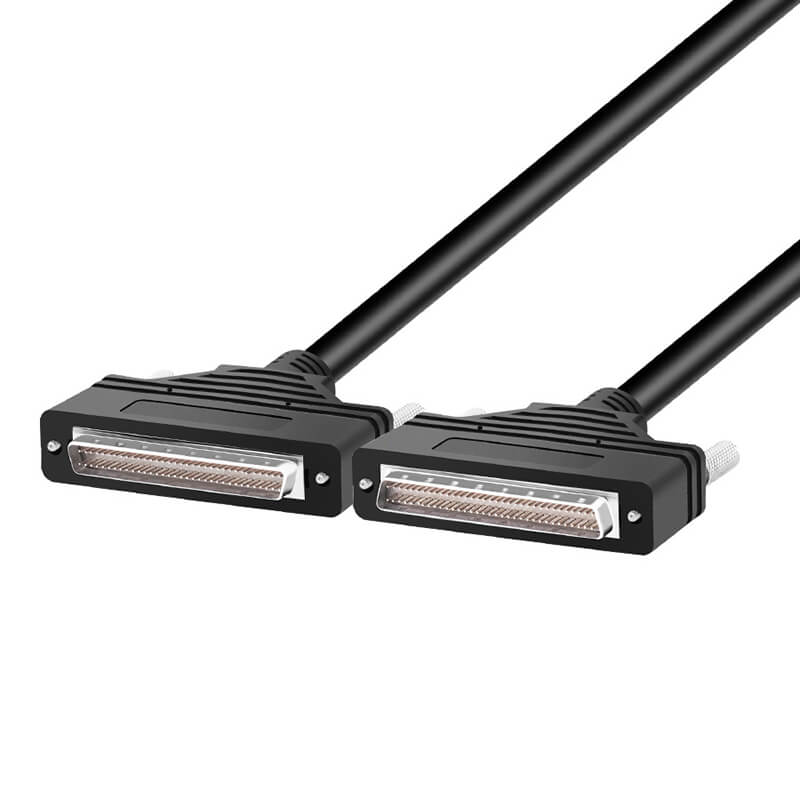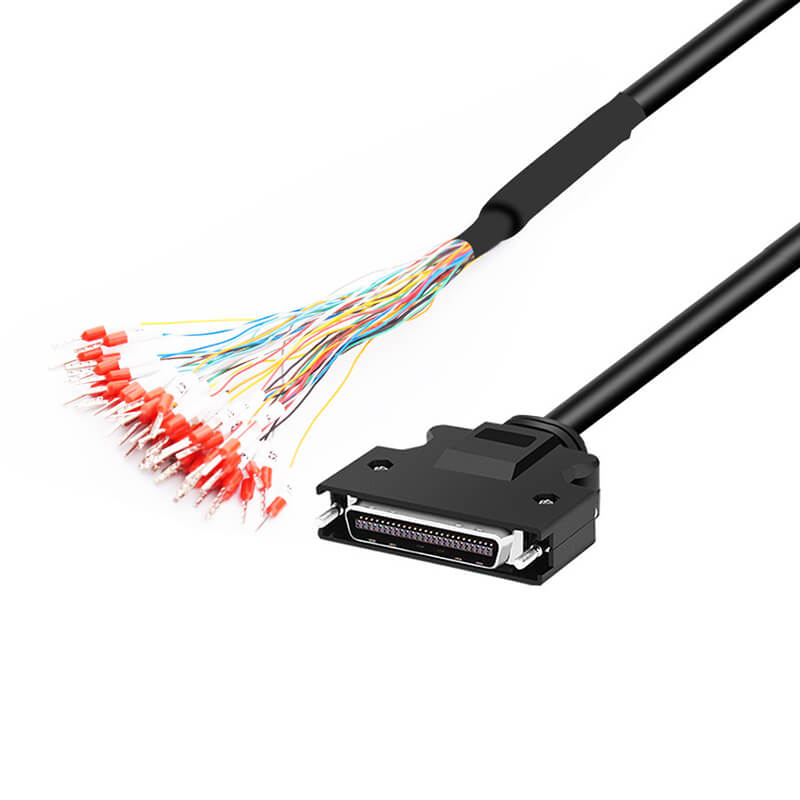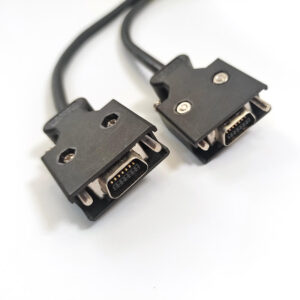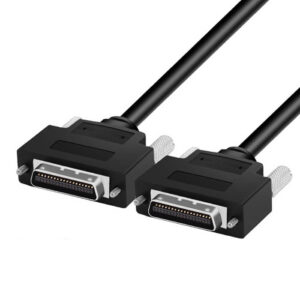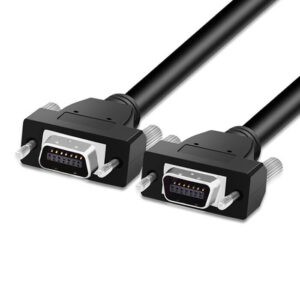SCSI Cables
Home » SCSI Cable_SCSI Cable Connector
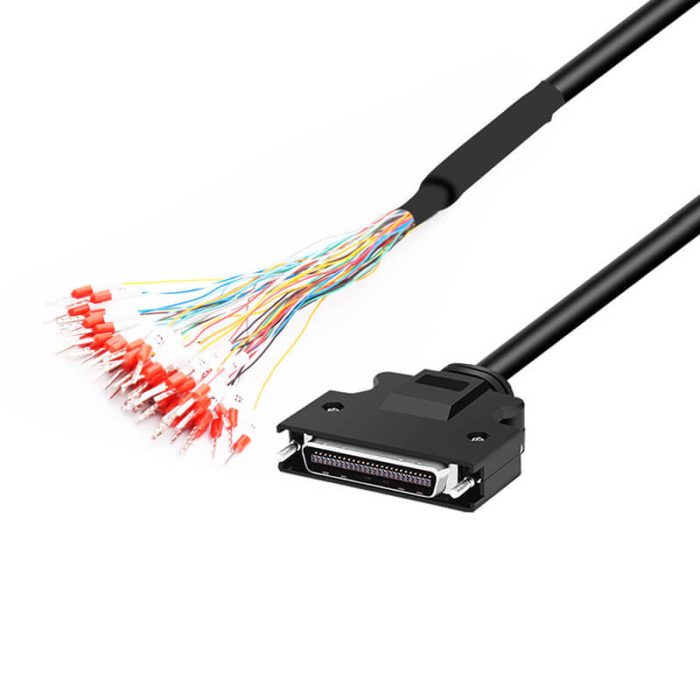
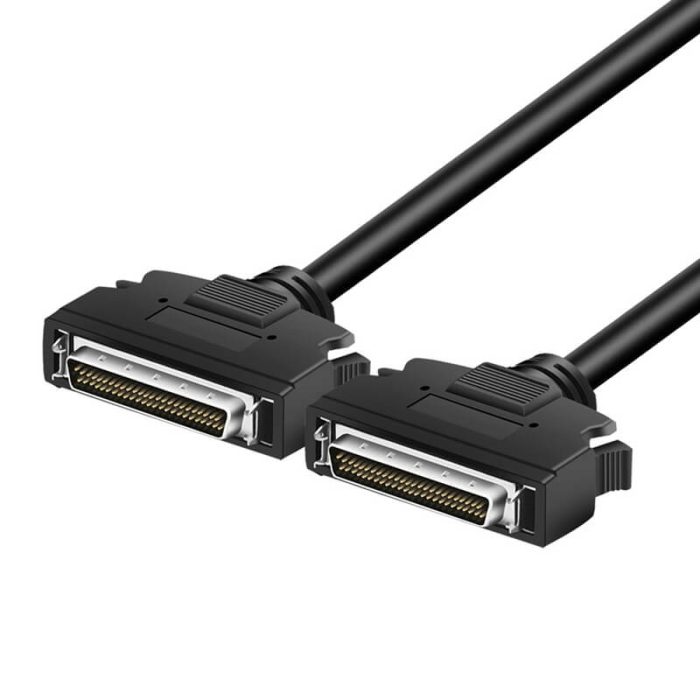
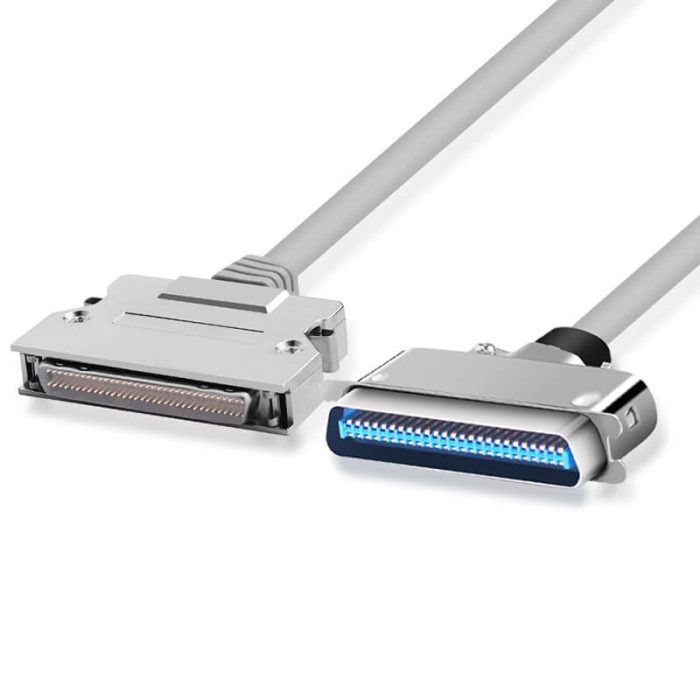
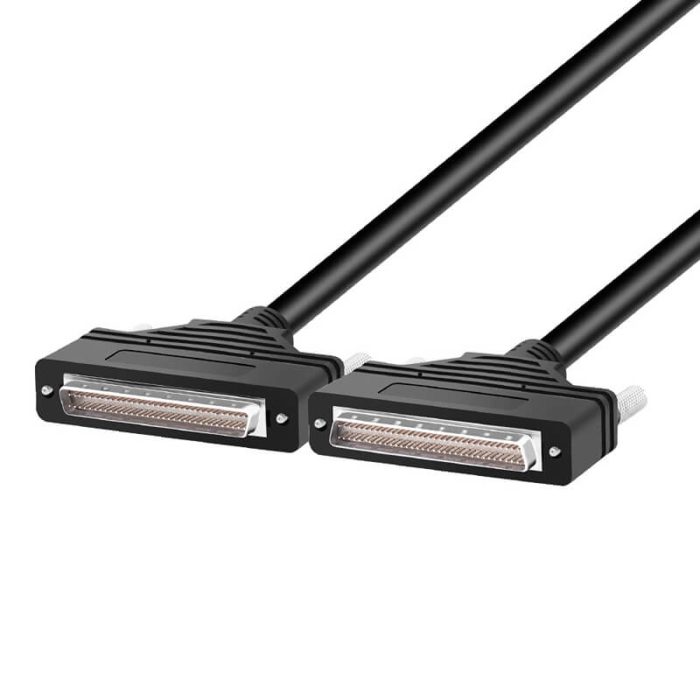
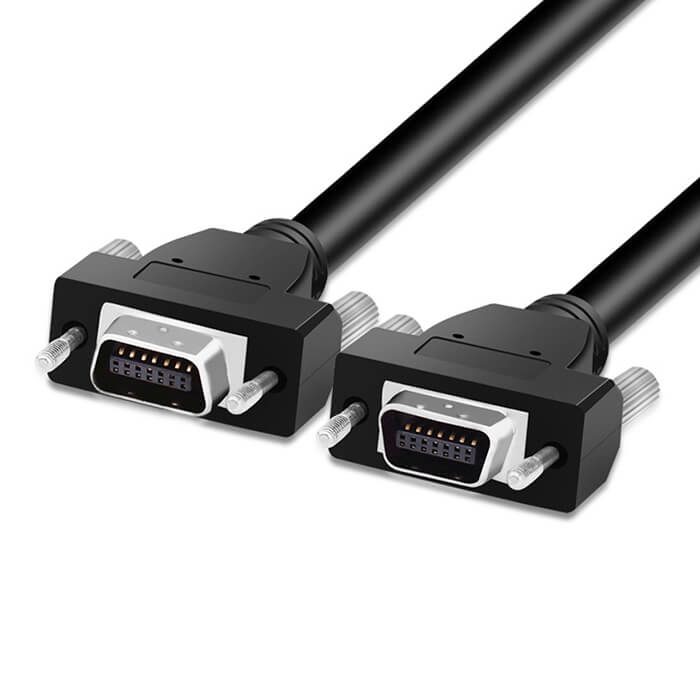
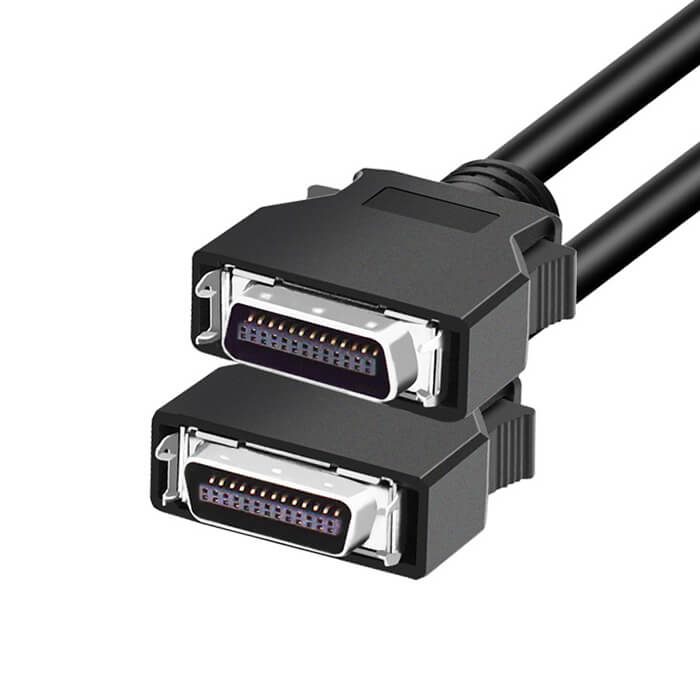

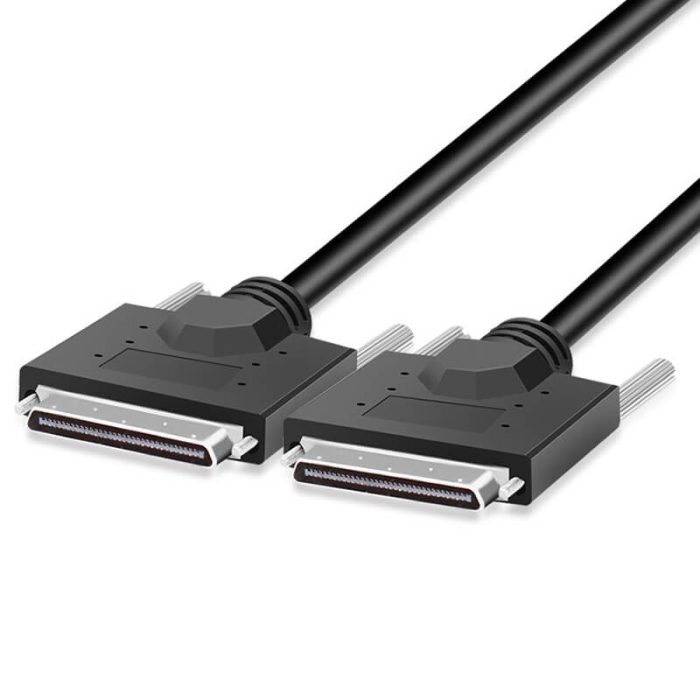
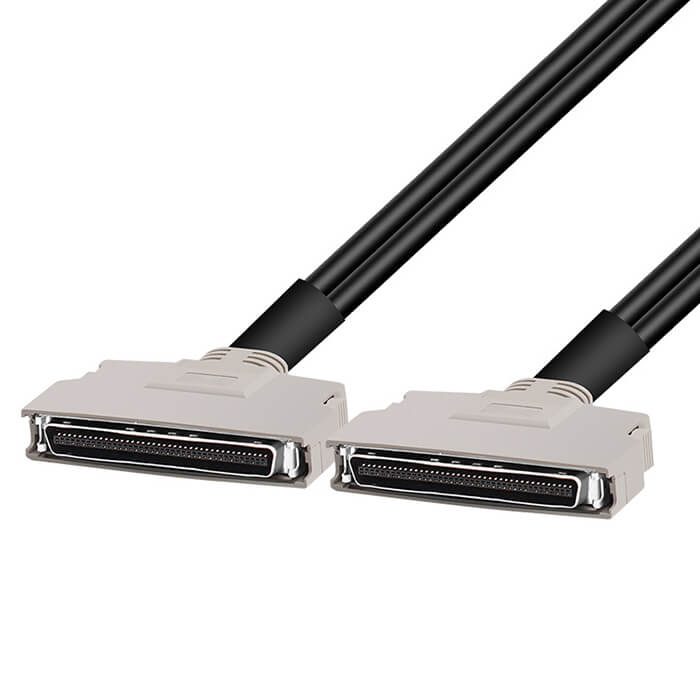
SCSI Cables
- Plastic Cover or Metal Cover
- Injection molding or assembly
- Many types for choosing
- One-stop Shop
- Low Minimum Order Quantity
SCSI cable is a cable used to connect two or more SCSI interfaces, so that data can be transferred between different SCSI devices. Here are some details about SCSI cable:
Introduction:
SCSI (Small Computer System Interface) is a small computer system interface, mainly used for the connection of storage units. SCSI cable was developed by Shugart in the United States in 1979 and recognized by the American Standards Institute (ANSI) in 1986.
Features:
SCSI cable has the characteristics of high-end, high-speed and high-performance. It is a special bus structure that can flexibly allocate and dynamically complete multiple tasks required by the system at the same time.
The SCSI bus defines standard physical and electrical connections, making the application of various peripheral devices more convenient. Its communication protocol regards peripheral devices as logical devices using a set of defined command sets, thereby eliminating hardware incompatibility.
Interface type:
The interface part of the SCSI cable is divided into internal and external. The internal data cable is mainly used to connect optical drives and hard disk devices, while the external data cable is used to connect SCSI devices outside the computer. Common specifications include SCSI 14P, 20P, 26P, 36P, 50P, 68P, and some customers use SCSI 100P.
Application:
SCSI cables have been extended from traditional computer applications to many fields, such as high-speed railways, shipbuilding, industrial equipment, aviation and aerospace, due to their reliable high-speed transmission performance. They are widely used in servo control lines, LVDS line cables and MDR cables.
Cable type:
SCSI cables are divided into two types: internal and external. Internal cables are generally used inside computers and often use twisted pair braided cables to reduce signal interference. External cables are used outside computers and are more beautiful and sturdy in appearance.
Technical details:
The wires in SCSI cables may produce undesirable effects, such as signal reflections and unbalanced loads on the wires connecting the drives. To reduce these effects, terminal matching resistors must be connected to the two physical ends of the SCSI cable.
SCSI uses an interlocked symbol exchange method to send data to the entire bus. Data is transmitted in parallel on the bus one byte at a time. The typical asynchronous transmission rate is about 2 megabytes per second, and the synchronous transmission rate can reach up to 5 megabytes per second.
Selection considerations:
When selecting a SCSI cable, the most important consideration is whether the SCSI connector is suitable, including the number of pins, the shape of the interface, and whether the male and female heads meet the needs of the user’s SCSI device. In addition, the length of the cable and the maximum bus speed supported also need to be considered
Quality
Our Industrial robotic cables can completely replace the original robotic cables, original connectors and domestic cable, more cost-effective.
Experience
Our technicians have more than 5 years of experience in Industrial robot service. We manufacture many ABB KUKA Fanuc robotic cables.
Customized
Customize your cables according to your machine, usage environment, and drag chain conditions. Our services are professional, reliable, and honest.
SCSI MDR(CN) Cables
SCSI MDR 14P Male to MDR 14P Male Cables
SCSI MDR 20P Male to MDR 20P Male Cables
SCSI MDR 26P Male to MDR 26P Male Cables
SCSI MDR 36P Male to MDR 36P Male Cables
SCSI MDR 50P Male to MDR 50P Male Cables
SCSI MDR 68P Male to MDR 68P Male Cables
SCSI MDR 80P Male to MDR 80P Male Cables
SCSI MDR 100P Male to MDR 100P Male Cables


SCSI II (DB) Cables
SCSI II 20P Male to SCSI II 20P Male Cables
SCSI II 26P Male to SCSI II 26P Male Cables
SCSI II 36P Male to SCSI II 36P Male Cables
SCSI II 50P Male to SCSI II 50P Male Cables
SCSI II 68P Male to SCSI II 68P Male Cables
SCSI II 100P Male to SCSI II 100P Male Cables
SCSI II 200P Male to SCSI II 200P Male Cables
SCSI VHDCI Cables
SCSI VHDCI 26P to VHDCI 26P Cables
SCSI VHDCI 27P to VHDCI 27P Cables
SCSI VHDCI 28P to VHDCI 28P Cables
SCSI VHDCI 36P to VHDCI 36P Cables
SCSI VHDCI 37P to VHDCI 37P Cables
SCSI VHDCI 50P to VHDCI 50P Cables
SCSI VHDCI 68P to VHDCI 68P Cables
SCSI VHDCI 100P to VHDCI 100P Cables
Get Discount if you contact us right now!
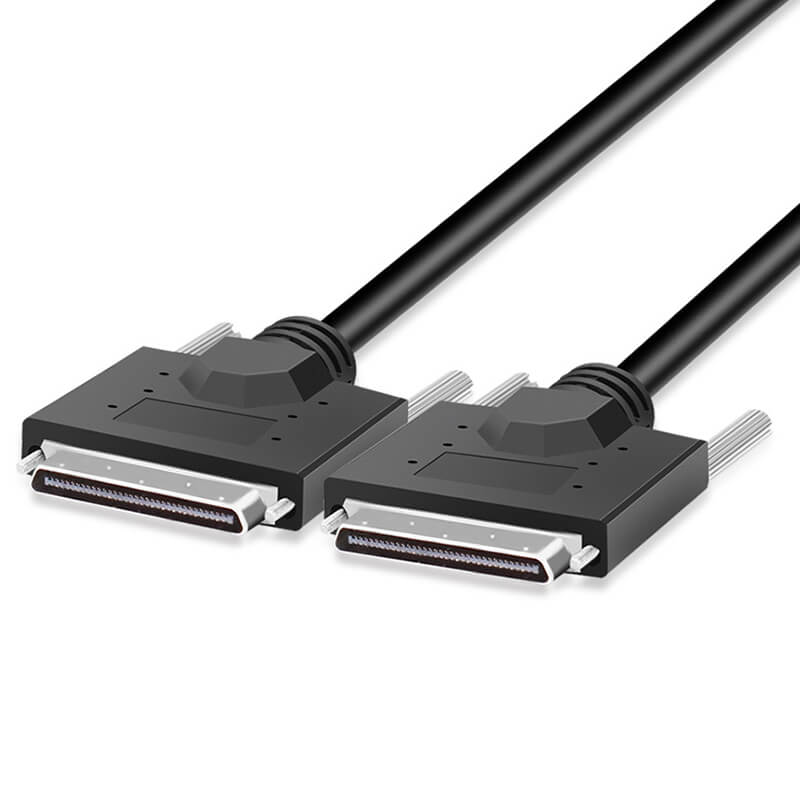
Related FAQs
There is no MOQ requirement for standard product, but for customized products, some material supplier need MOQ requirement, so we need to talk more info..
Yes, I believe that many customers have needs for connectors and wiring harnesses, but their orders are not large and of various types.
If they go to a factory alone to cooperate, most factories cannot provide one-stop service because the factory only does a certain type of connectors or wire harnesses, they will not help customers purchase other types of connectors and wire harnesses,
but Handsome has stable supplier cooperation in various categories, can support your needs, price, and quality, and can help you reduce a lot of time and energy.
I believe that most of the customers who have cooperated with us are very satisfied with our services.
Our products will be shipped from Dongguan City,Guangdong Province, China. We are very close to Shenzhen, which is also a key development base for China’s electronics market.
Yes, of course, Handsome will test 100%. For products shipped overseas, there is no possibility of return, so we must ensure product quality.
Samples that do not require customization usually take 2~3 days
Formal order 7~15 days
customized product 15 days or more
Small Packages or Samples: ship by HDL, FedEx, UPS, or our logistic way
Big Packages: Ship by air or by sea according to customers’ requirement
Secure Payments, Paypal, T/T, Western Union, Credit Card
